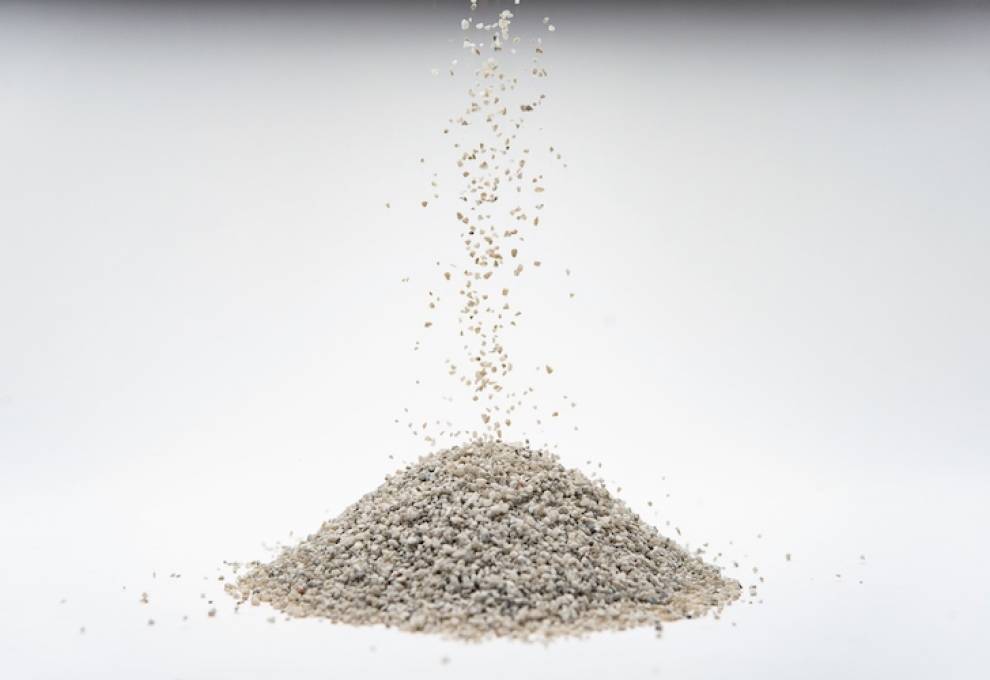

 With increased focus on soil health, environmental impact, and nutrient innovation, the nutrients and products we focus our dollars on are becoming increasingly important. So how do you know which nutrients your crops need most? Many great tools are available to agriculture producers to help optimize nutrient applications. These include traditional soil testing, tissue analysis, and digital tools, which allow for more precise variable rate applications. New technologies like biologicals, fertilizer enhancers, and multi-nutrient sources like ICL’s Polysulphate promote greater ROI from nutrients already in a grower’s plan. Most of the time, primary macronutrients take a starring role in nutrient management programs. But, despite the emphasis we place on NPK (nitrogen, phosphorus, potassium), the reality is that all crops require at least 17 essential nutrients. Building a balanced fertility program is the cornerstone of high-yielding, superior-quality harvests.
With increased focus on soil health, environmental impact, and nutrient innovation, the nutrients and products we focus our dollars on are becoming increasingly important. So how do you know which nutrients your crops need most? Many great tools are available to agriculture producers to help optimize nutrient applications. These include traditional soil testing, tissue analysis, and digital tools, which allow for more precise variable rate applications. New technologies like biologicals, fertilizer enhancers, and multi-nutrient sources like ICL’s Polysulphate promote greater ROI from nutrients already in a grower’s plan. Most of the time, primary macronutrients take a starring role in nutrient management programs. But, despite the emphasis we place on NPK (nitrogen, phosphorus, potassium), the reality is that all crops require at least 17 essential nutrients. Building a balanced fertility program is the cornerstone of high-yielding, superior-quality harvests.
Sulfur (S), for example, is often eclipsed by N, P, and K, but in its own right, it is an indispensable macronutrient—and a limiting factor in crop yield and quality. Recently, awareness of the importance of S in modern crop production systems has grown. Sulfur deficiencies are more commonplace due to changes in emissions controls. Additionally, greater productivity from modern crop genetics and unpredictable weather conditions have led to variability in soil organic matter mineralization and leaching losses for key nutrients.
Traditionally, elemental sulfur, ammonium sulfate, and ammonium thiosulfate have been the go-to S source in North American cropping systems. While they all have various benefits, most sulfate-based S sources have a common weakness . . . availability. Finding nutrients that provide a sustained release to the crop throughout the entire season is now essential to meeting today’s growers’ needs.
Using Polysulphate as an example, its unique gradual release ensures that S is available during crucial growth stages like rapid vegetative growth and reproductive development. In addition to being a great source of S, Polysulphate contributes a low-chloride source of potassium, plus calcium (Ca), and magnesium (Mg). For growers, this means one product addresses the need for sulfur in addition to providing other essential nutrients. Using Polysulphate to improve yields means agronomists and growers can consider options to reduce or eliminate other common fertilizer sources like ammonium sulfate, potassium sulfate, or gypsum.
Although quality is not the primary economic factor for row crops like corn and soybeans, it is especially important for specialty crops like fruits and vegetables. While yield is a driving element in nutrient management, balanced fertility can also improve quality. Field trials show, for example, that in addition to yields of Polysulphate being comparable to or greater than other common S sources, the Ca and Mg often contribute to improved quality factors. The bottom line is that a comprehensive fertility program focused on a balanced supply of nutrients is essential to maximizing the return for every fertilizer dollar spent.
Jason Haegele, Ph.D, leads ICL’s research collaborations in North America and is a graduate of the University of Illinois and Iowa State University.

Add new comment